As a border region, the Hauts-de-France, and in particular the Pas-de-Calais, has seen the great conflicts of the 20th century. The two world wars left indelible scars. Today, the region is dotted with memorial sites that pay tribute to the victims who fell during the fighting and museums that tell us the story of the two wars. During your camping holiday in Pas-de-Calais with your tent or caravan, don’t miss the opportunity to immerse yourself in the turbulent history of 20th century Northern France.
Our campsites in Pas-de-Calais
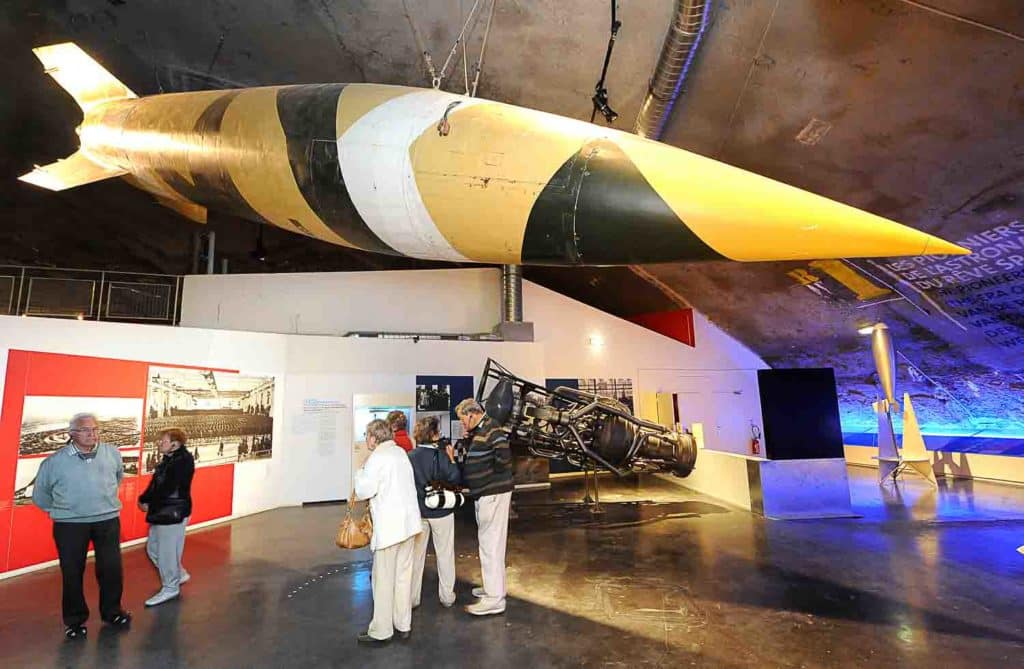
World War I memorial sites near your campsite in Pas-de-Calais
The First World War had a profound effect on the Pas-de-Calais. It must be said that fighting took place there during the 4 years of the conflict. On the frontline that crosses the Pas-de-Calais, it was mainly British troops, with soldiers coming from all over the Common Wealth, and German troops who fought each other throughout the war, which explains the numerous monuments dedicated to the soldiers of the Common Wealth. At Vimy, you can visit the Canadian Memorial to the 66,000 Canadian soldiers who died on the Pas-de-Calais front. Not far away, at the foot of the hill of Notre-Dame-de-Lorette, you can visit the history centre of the 14-18 Notre-Dame-de-Lorette Memorial. This museum looks back at the First World War in the Pas-de-Calais through the 90 km of frontline from 1914-1918. With emblematic objects, unpublished photographs, period films and animated maps, this museum helps us to better understand this war.
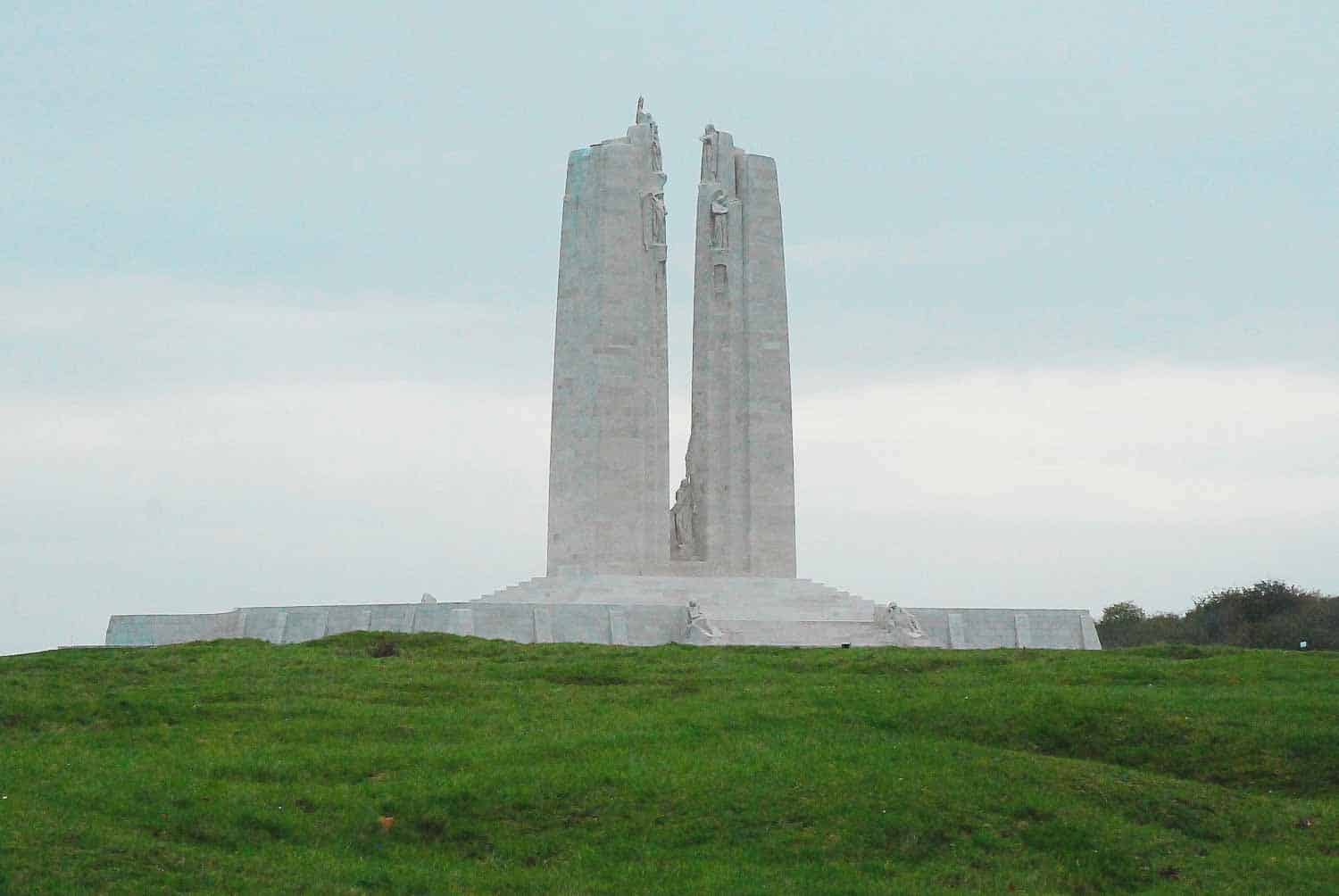
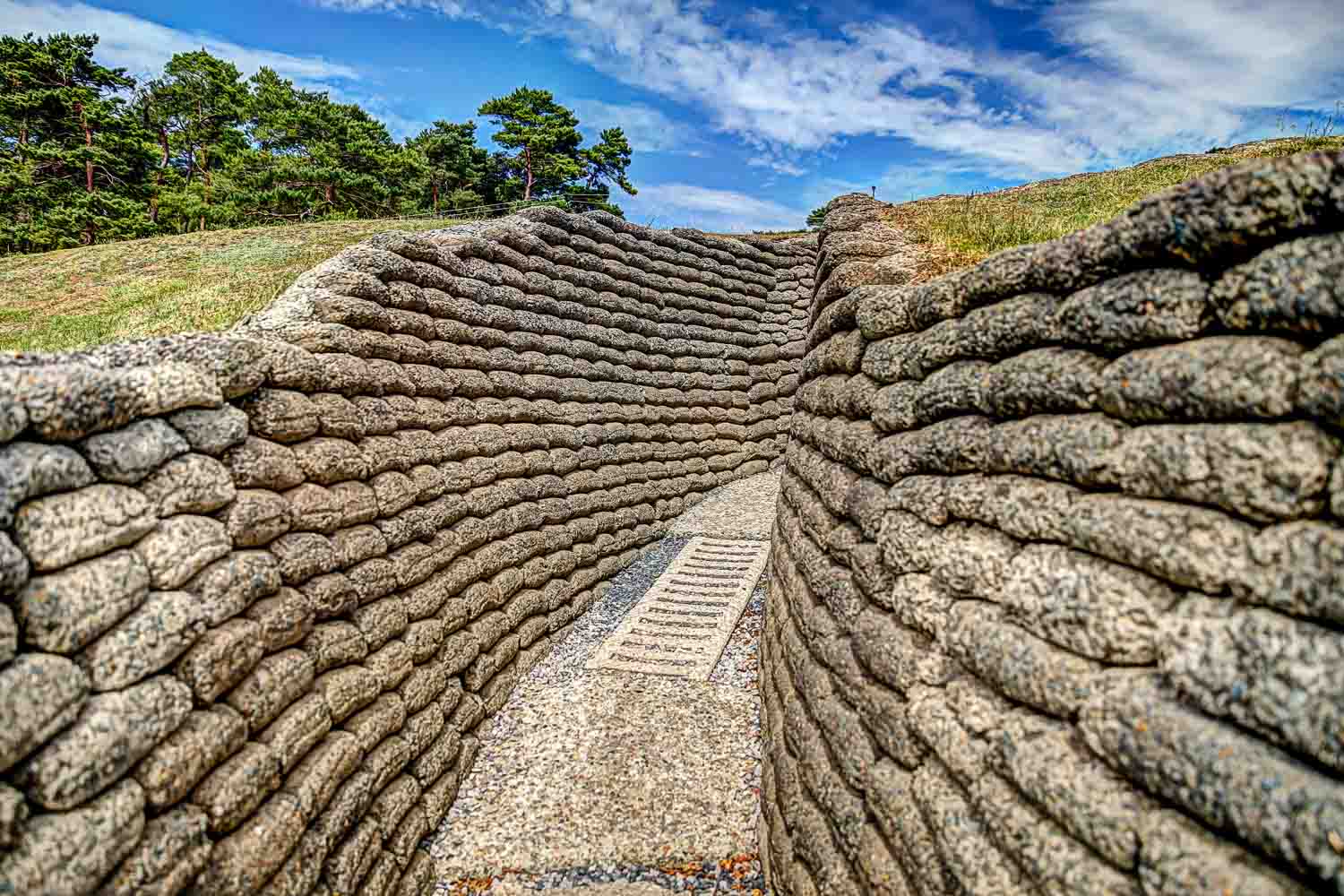
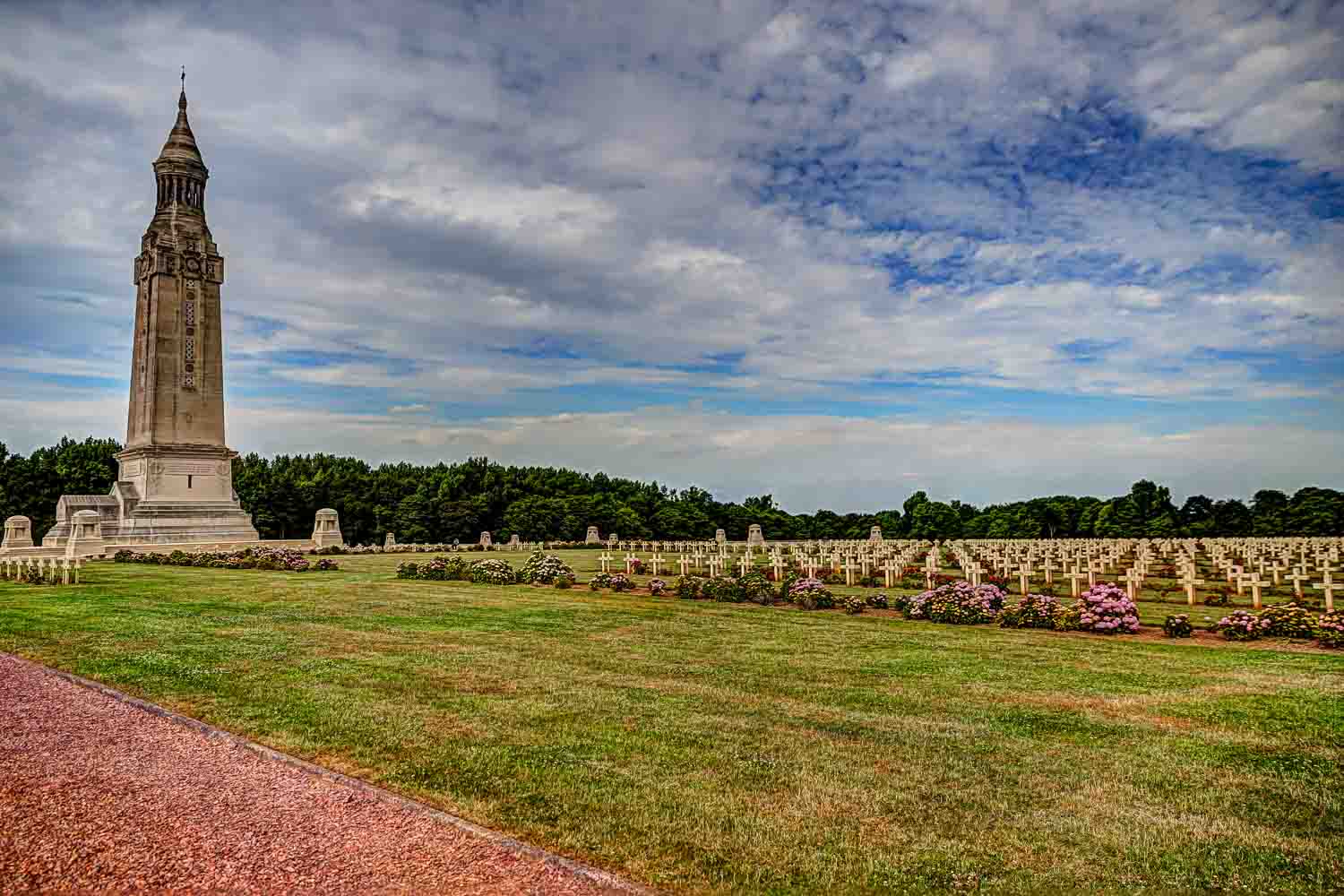
The Ring of Memory was built on the same site. The ring is 345 metres long, 56 metres of which are in the air. It bears the names of the 580,000 soldiers who died in the Pas-de-Calais between 1914 and 1918. These names are listed in alphabetical order, without distinction of nationality or rank.
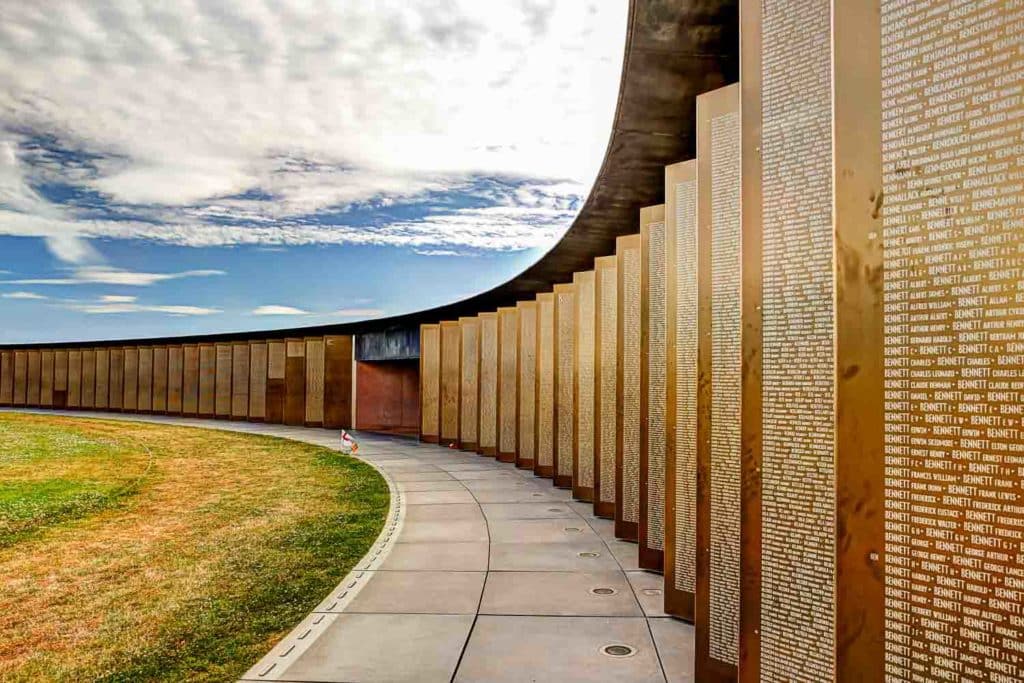
Not far away, in Arras, the Carrière de Wellington (Wellington Quarry) recalls an often overlooked episode of the First World War. This quarry lies 20 metres under the cobbles of Arras where, for 6 months, the British prepared their spring offensive of 1917. They had the idea of transforming the city’s chalk quarries into a real underground barracks for up to 24,000 soldiers in order to launch a surprise offensive on 9 April 1917. Guided tours take you 20 metres underground to discover this incredible network of galleries. Allow 1h15 for the visit. Note that the temperature in the galleries is constant: 11°. So don’t forget to take a little wool, even if it’s hot outside! After the visit, if you wish, you can extend the experience by having a real English breakfast 20 metres underground!
World War II sites to be visited from your campsite in Saint-Omer
The town of Saint-Omer played a special role during the Second World War. In Eperlecques, close to your campsite in Saint-Omer, the Germans used a blockhouse as one of the main launching bases for the V1 and V2 missiles that bombed London during the last years of the war. Although bombed several times by Allied troops, the blockhouse has always remained standing. It is the largest blockhouse in Northern France. During your visit, you will learn all you want to know about the V1 and V2 and will be able to see two of these missiles on their launch pads. The Eperlecques blockhouse should have been part of a series of sites in the north of France, since in 1943, not far from Saint-Omer, in Helfaut, the Coupole was built, a gigantic underground bunker, consisting of hundreds of metres of gallery. It owes its name to the half-sphere of reinforced concrete 77 metres in diameter and 5.5 metres thick that covers it.
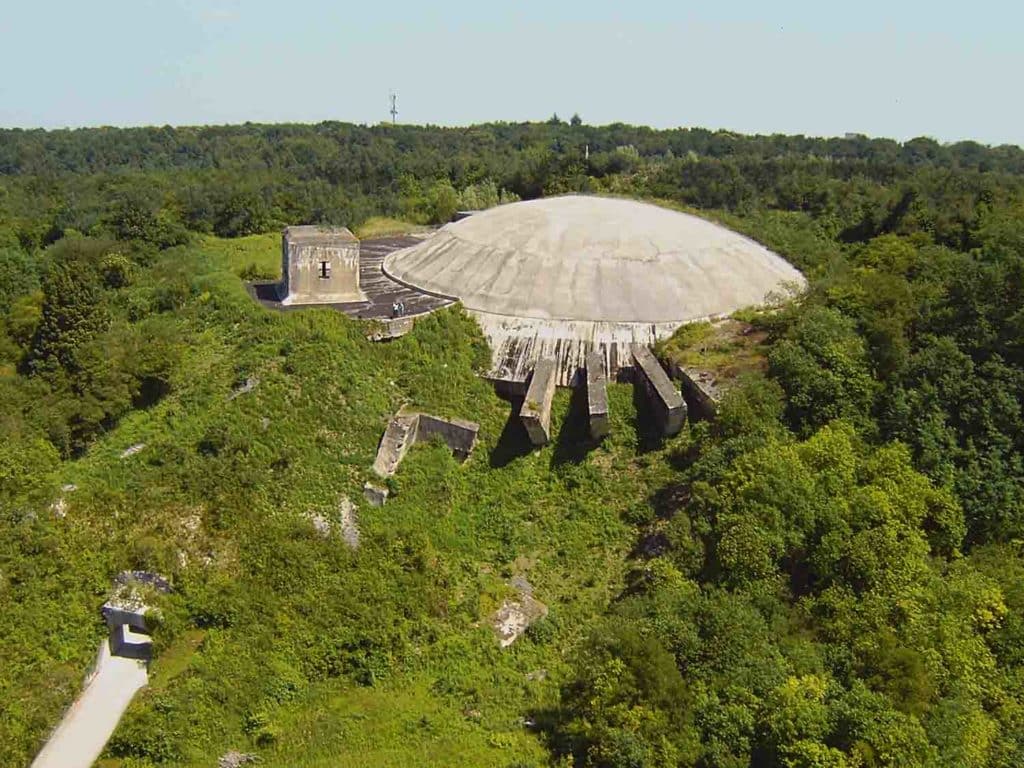
It was to have become a V2 launch base, but Allied bombing and the Normandy landings delayed and then cancelled its commissioning. Today it is a centre of memory and history that allows you to better understand the war. The former launch complex is now dedicated to the conquest of space. It now houses a 360° bubble which, thanks to 3D technology, plunges you into space for a more realistic journey.
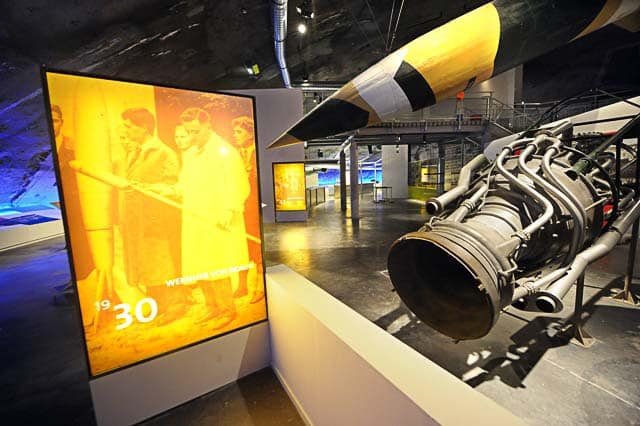
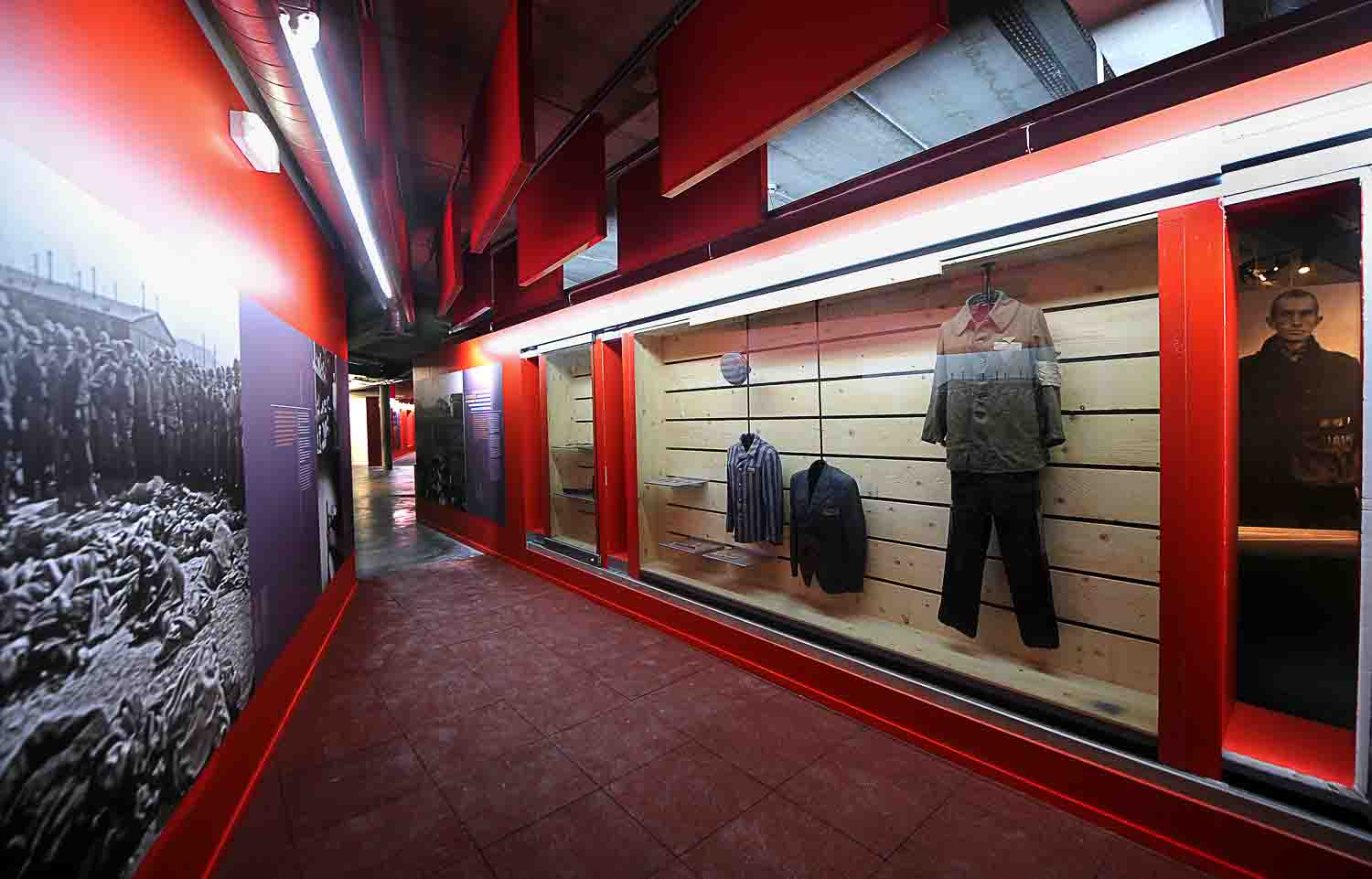

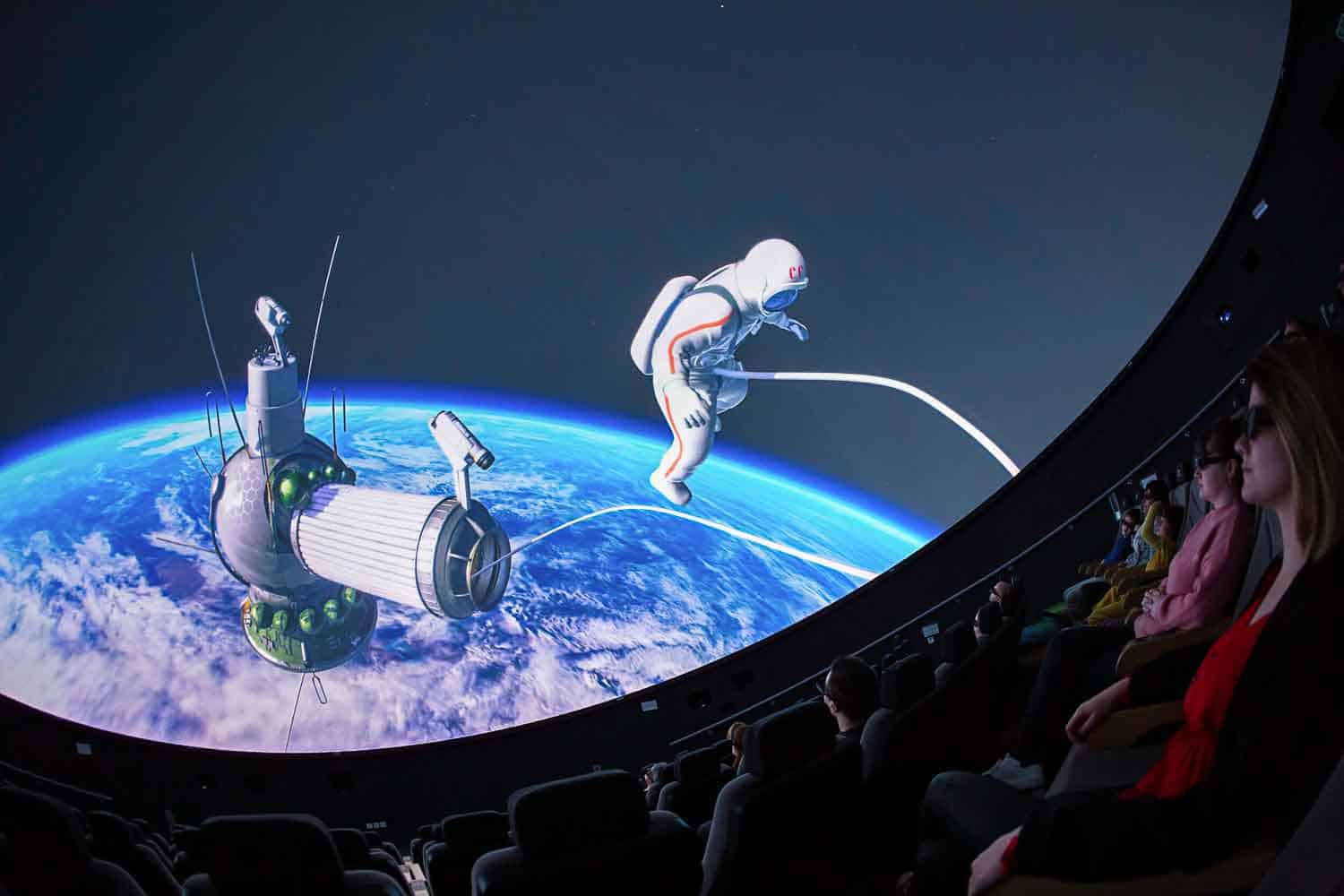
The fortress of Mimoyecques, a stone’s throw from your campsite on the Opal Coast
Discover the fortress of Mimoyecques from your campsite in the Pas-de-Calais. It was also part of the German missile launching network during the Second World War. It is located near the coast, not far from the site of the two Capes. It was built in 1943 to house a new type of weapon, the V3. With its 5 cannons, it was to be able to send 1500 shells per day to London. A visit to the site will delight military history enthusiasts. Especially as the site has a double interest. Carved into a chalky massif, the fortress of Mimoyecques is also a remarkable natural site where over 500 bats nest.
In addition to your discovery of the historical sites of the Second World War in the Pas-de-Calais, make a small diversions to Dunkirk during your camping stay in the Pas-de-Calais. Four years before the Normandy landings, Dunkirk was the site of Operation Dynamo, which evacuated more than 300,000 Allied soldiers from France to England in less than 10 days. The Dunkirk 1940 museum retraces this important episode of the early days of the Second World War. The museum presents a rich collection of military maps, photographs, weapons and uniforms.
Campsites in the Pas-de-Calais around the sites of the First and Second World Wars
A selection of campsites with touring pitches for caravans, tents and motorhomes in the Pas-de-Calais.







 VW’s multivan gets higher with the SpaceCamper classic+ prototype
VW’s multivan gets higher with the SpaceCamper classic+ prototype
Leave a Reply